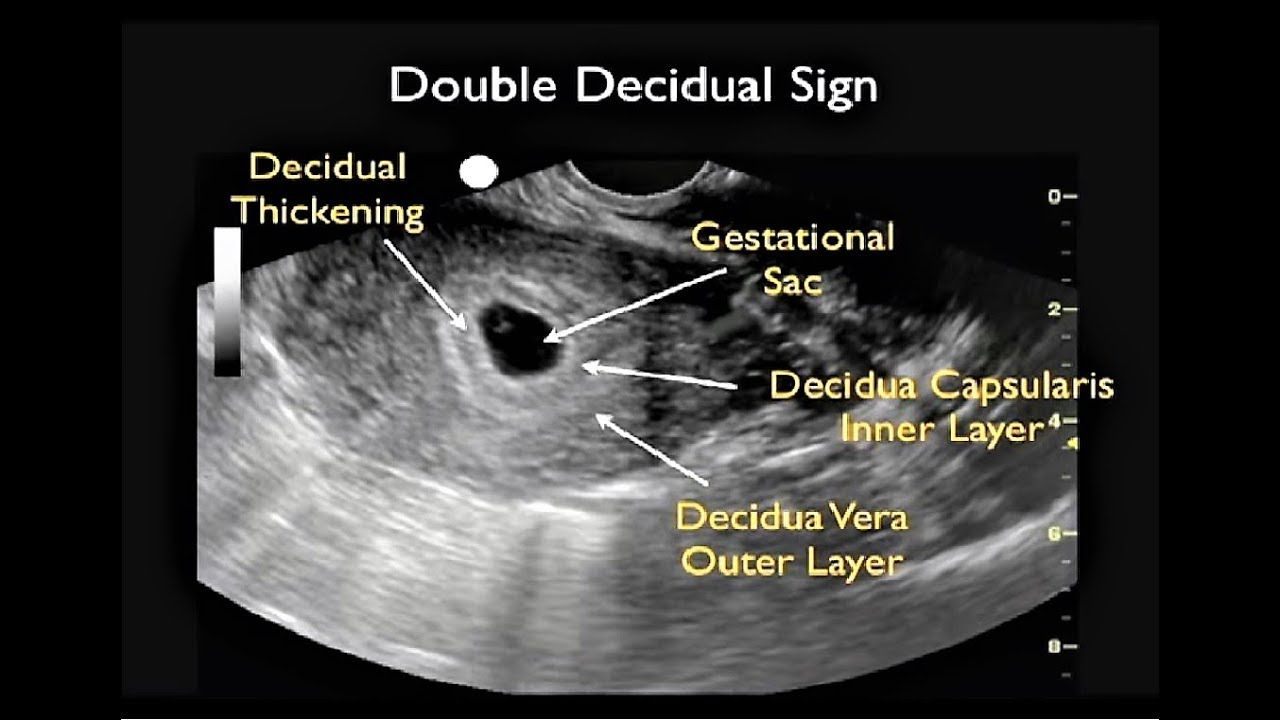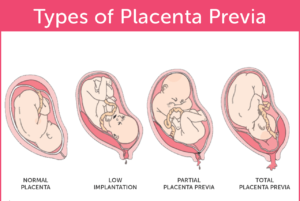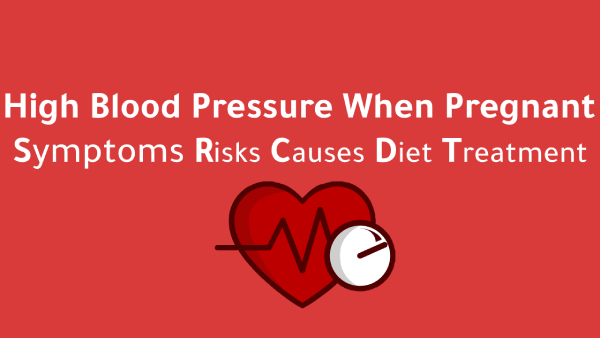What Is Intrauterine Pregnancy? Early Intrauterine Pregnancy
What is intrauterine pregnancy?
Intrauterine pregnancy refers to the gestational sac that is still in the uterus. When an ultrasound is performed, the sac is found to be too small to detect a heartbeat or to see the contents of the sac.
Intrauterine pregnancy is a pregnancy that occurs when the fertilized egg implants inside the uterus. This can happen as early as six days after fertilization and sometimes even before a woman realizes she is pregnant. The most common type of intrauterine pregnancy is called a “normal” pregnancy, which means the baby is growing and developing typically. However, there are also high-risk intrauterine pregnancies, which can be dangerous for both the mother and baby.
Examples of high-risk intrauterine pregnancies include pregnancies that are:
- Twin or multiple
- Preterm (born before 37 weeks gestation)
- Postterm (born after 42 weeks gestation)
- Low birth weight (less than 5 pounds, 8 ounces)
- Congenital abnormalities (birth defects)
- Maternal health problems, such as diabetes or high blood pressure
An intrauterine pregnancy can be diagnosed with a pelvic exam, ultrasound, or measuring the level of the hormone human chorionic gonadotropin (hCG) in the woman’s blood or urine. Treatment for an intrauterine pregnancy depends on the health of the mother and baby but may include bed rest, medication, or surgery. In some cases, a Cesarean section may be necessary. The vast majority of intrauterine pregnancies result in healthy babies, but it is essential to be aware of the risks and get prenatal care as soon as possible.
An intrauterine pregnancy can mean two things.
- First, the ultrasound scan was done too early because the woman was unsure of her last menstruation date, and she was unaware of her pregnancy. All that can be done is wait till the fetus grows to the size where the heartbeat is detected, and the content of the sac is seen.
- Second, the fetus is growing according to its gestational age. For this, the woman must be very sure of her dates. Her further workup can reveal whether or not her pregnancy is progressing.
Viability of intrauterine pregnancy:
A proper workup is required to check if the intrauterine pregnancy is viable or not. The first test is to check for blood beta HCG hormone, primarily produced during pregnancy. The presence of this hormone can confirm pregnancy, while the levels of Beta HCG can tell about the gestational age of the growing fetus.
A serum progesterone level can also determine if a woman is pregnant or not. The progesterone hormone helps in keeping the pregnancy stable during the months, and the presence of a high level of progesterone can aid in detecting pregnancy.
The symptoms unique to pregnancy can also hint towards a pregnancy. A woman may have the following symptoms:
- Morning sickness
- Headaches
- Mood swings
- Light bleeding
- Breast tenderness
- Missed periods
The other best modality is to perform a transvaginal ultrasound to check for the fetal content and the heartbeat. A transvaginal ultrasound can detect a gestational sac as early as 4 to 5 weeks of fertilization.
Click To Learn More: Complications Of Placenta Previa During Pregnancy
Miscarriages or nonviable pregnancy:
The thorough workup is the only way to tell whether a pregnancy is nonviable or has been lost in a miscarriage. If pregnancy has resulted in a miscarriage, then a woman must have experienced some cardinal symptoms.
- Heavy bleeding through the vagina
- Abdominal cramps
An ultrasound scan may reveal an empty uterus or may show remnants of fetal tissues.
On the other hand, a nonviable intrauterine pregnancy can be tallied with the gestational age of the fetus with the help of beta HCG levels.
Hand Foot And Mouth Disease While Pregnant – Complete Fact Sheet
Tubal pregnancy:
The typical site for the attachment of the fertilized egg is the walls of the uterus. But if, for some reason, the fertilized egg attaches to any other site, it is known as ectopic pregnancy, and it is one of the most common reasons for nonviable pregnancy.
The most common location for ectopic pregnancy is the fallopian tubes. In such cases, the fallopian tube may also rupture and may become lethal for the mother as the fallopian tube cannot stretch to allow room for the development of the baby like the uterus does. Therefore, a fallopian tube can easily rupture and result in copious blood loss.
Abdominal pregnancy:
Abdominal pregnancy is another type of ectopic pregnancy where the fertilized egg has attached itself in the abdominal cavity instead of the normal attachment site, which is the uterus.
Is intrauterine pregnancy good or bad?
It depends on the diagnosis. A viable pregnancy is always good news. But if a pregnancy is nonviable, it may become a piece of devastating news for many couples.
Twin intrauterine pregnancy:
Twin intrauterine is a widespread phenomenon. The pregnancy is viable in most cases, and carrying twins is never a danger to the mother.
Related:Top 11 Best Full Body Pregnancy Pillow Guide 2020 – Which One To Buy?
References:






